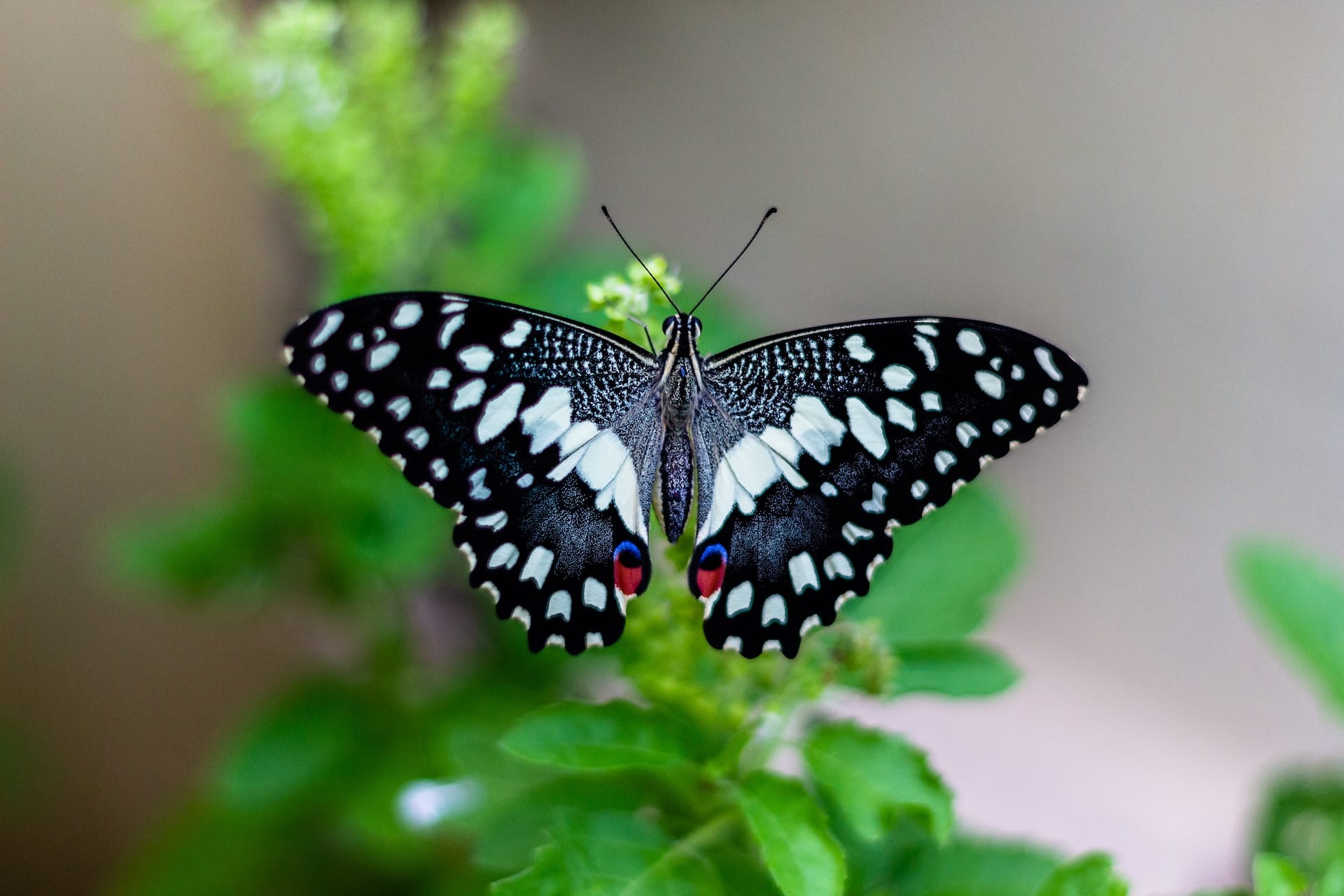
BUTTERFLY GARDENS
Unlike rain gardens, which are usually situated in lower areas of landscapes, Butterfly Gardens make a great application for utilizing the rainwater stored in your rain barrel(s). Not only do they add color and life to your landscape, they support the life cycle of pollinators and other beneficial garden insects.
Although bees are much more effective at pollination, butterflies still do their fair share. Because butterflies can travel greater distances than bees, they actually help to share plant genetics over a larger area. Butterflies and moths also serve as a food source for birds, bats, and other animals. The following are a few tips for growing your butterfly garden:
1) Plant your butterfly garden in a location that is sunny (5-6 hours each day) but sheltered from the winds. Butterflies need the sun to warm themselves but they do not want to feed where they are constantly fighting the wind to stay on one plant.
2) Do Not Use Pesticides in Your Garden. Caterpillars which are the larval stage of butterflies will be using your garden for feeding and will eat back vegetation, this is a great time to observe nature in action.
3) Butterflies eat different foods as they transform from caterpillars into adult butterflies. Your garden should have a variety of plants that provide nourishment during the larval stage as well as nectar for adult butterflies. Butterfly larva feed on host plants that are specific to their species
4) For a complete list of native and non-native host plants for butterfly larva and nectar plants for adults, click here.
